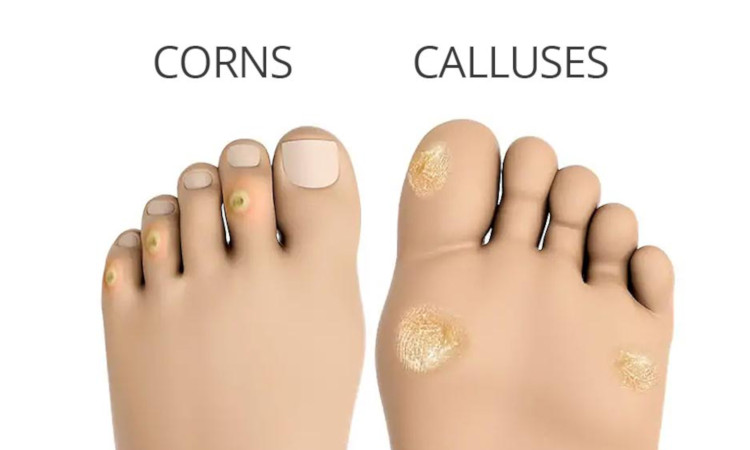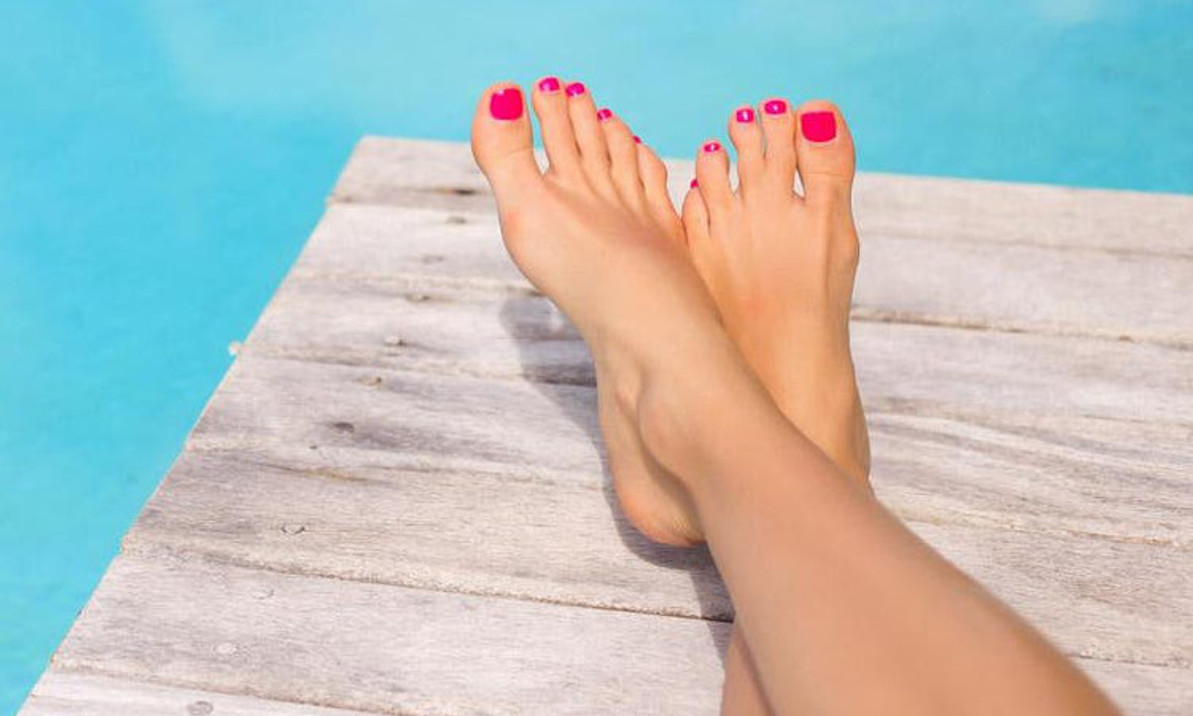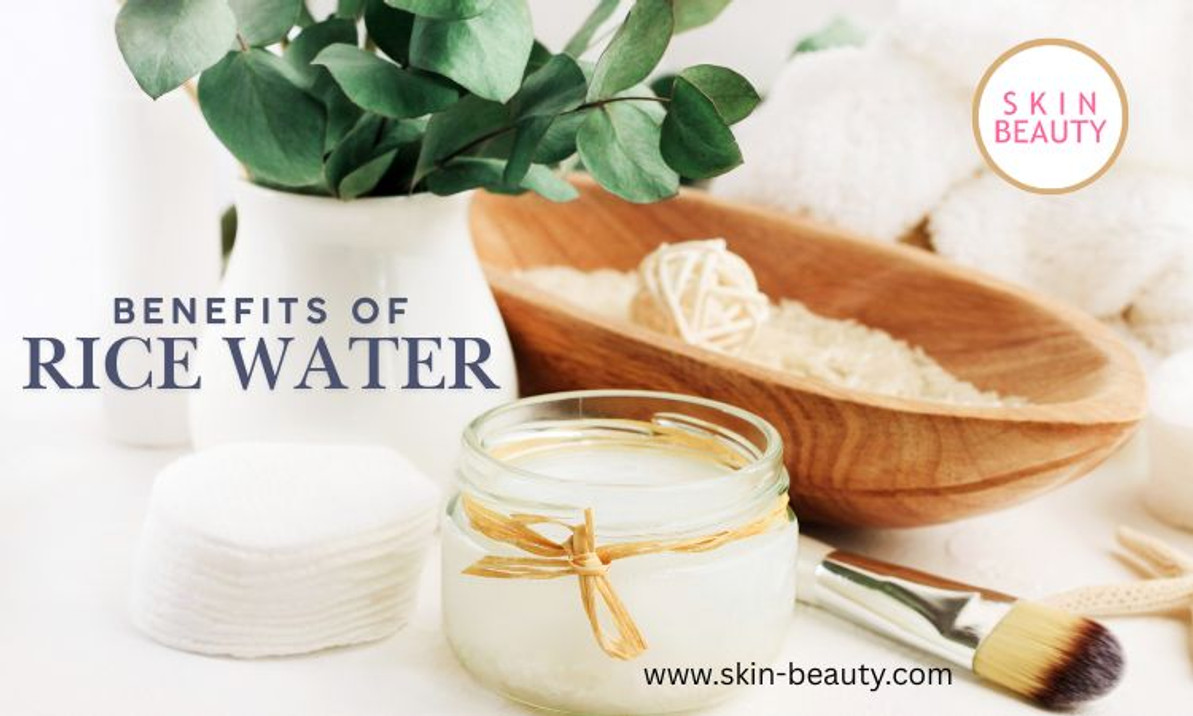Home Remedies for Calluses and Corns
Summer is just around the corner, and it's time to slip on those favorite sandals. The feet have taken months of neglect, causing calluses and corns to form. The skin on the feet is more susceptible to becoming dry, cracked, and callused. With proper care using the right products and regimen, you'll be able to restore soft and smooth skin again.
What is a Callus?
Calluses are hardened layers of skin that have received repeated pressure, friction, or irritation on a spot of the skin. It is the body's way of protecting the soft tissue from injury, pressure, or rubbing. Calluses typically form on the underside of the feet, such as the heels or the ball of the feet.
What is a Corn?
Corns are similar to calluses but are smaller. They are also caused by repeated friction and pressure, but they usually develop in between or on a bony area of the toe. Common symptoms of corns exhibits as a raised bump of thick skin that may be cause foot pain. There are different types of classification of corns.
Hard Corns
Hard corns usually form on the top of toes – areas where there is bone pressure against the skin. It is characterized by thick skin with a central core.
Soft Corns
These corns are whitish/gray and have a softer, rubbery texture. A soft corn normally appears between the toes.
Seed Corns
Seed corns are small and usually forms on the bottom of the feet.

What Causes Thickened Skin On Corns And Calluses?
Poorly Fitting Shoes
Corns and calluses form as a result of wearing shoes that don't fit properly or high heeled shoes. The feet will develop corns if shoes are too tight or repeated friction or pressure are on the feet.
Not Wearing Socks
Wearing socks can limit the amount of rubbing that occurs on the feet to prevent corns and calluses.
Foot Problems
Certain foot deformities such as hammertoes or tailor’s bunions can make it difficult to find comfortable shoes.
How To Treat Corns and Calluses?
Soak The Corn/Callus
Soften the corns and calluses by soaking them in warm water with either Epsom salt, baking soda, or apple cider vinegar for 20 minutes can help remove the hard skin. Soaking the feet breaks down the dead skin cells, allowing you to gently rub away the layers of the corns and calluses. The use of products such as Baby Foot Exfoliation Foot Peel aids in the exfoliation process for smoother feet.
Use Corn/Callus Pads
Using non-medicated callus pads such as lamb's wool can protect the thick areas and prevent irritation while the corn or callus heals. Avoid using medicated pads with salicylic acid because it can break the healthy surrounding skin, causing irritation and infection.
Use Corn/Callus Remover
Many tools can help remove the hardened layers of skin. Pumice stone, foot files, emery board, callus removers (manual or electric), and callus shavers all can be effective in removing dry, dead skin.
Foot Peels
Keeping the skin moisturized is essential to prevent drying and cracking on the feet and is a good way to treat calluses and corns. Creams that contain fruit acid or glycolic acid like Baby Foot Exfoliation Peel aids in the breakdown and exfoliation of hardened skin. Applying the peel before bed and covering it with a sock to lock in moisture is ideal to keep skin soft.
If your corns/calluses persist and become painful, getting medical care would be the next step. Doctors can diagnose corns and any underlying issues and provide medical advice to address the cause of your corn or callus. Podiatric surgery may be necessary to correct the underlying problems to prevent calluses and corns from reappearing.
Recent Posts
-
Best Face Wash for Sensitive Skin
My Journey to Finding the Best Face Wash for Sensitive Skin If you’re reading this, you probab …Apr 22nd 2025 -
Best Under-Eye Bags Cream and Treatment
Best Under-Eye Bags Cream and Treatment Do you have the dreaded under-eye bags that make you look l …Apr 14th 2025 -
Rice Water for Skin Benefits
Rice Water for Skin Benefits Rice water for skin has become a viral beauty trend that is supposed t …Apr 4th 2025





